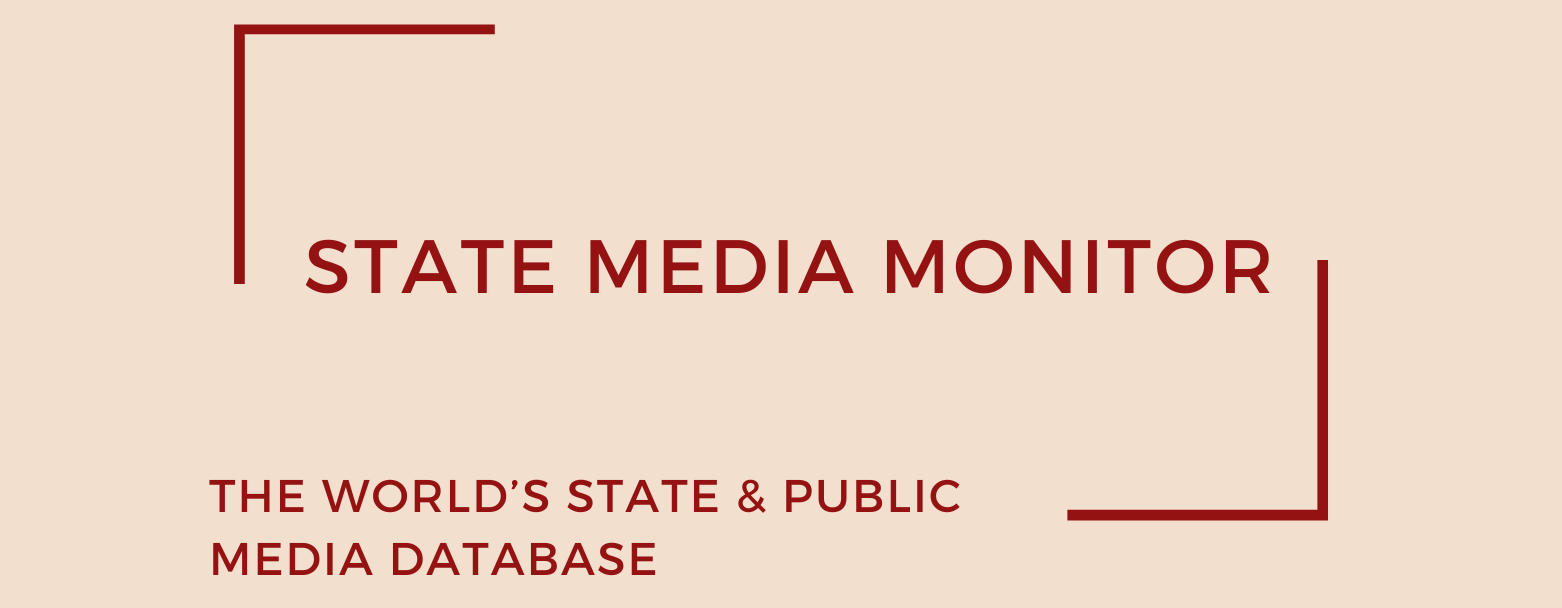Yemen TV
Media asset
Television: Yemen TV (run by Presidential Leadership Council), Yemen TV (run by Supreme Political Council)
State Media Matrix Typology
The protracted Yemeni Civil War, which erupted in 2014, continues to cast a long shadow over the country’s media landscape. The conflict, primarily between the internationally recognized government—formerly led by President Abdrabbuh Mansur Hadi and now represented by the Presidential Leadership Council (PLC)—and the Houthi movement (Ansar Allah), has fractured the nation’s institutions, including its once-unified state media. In the absence of a stable central authority, Yemen’s media sector has descended into a battleground of competing narratives, propaganda warfare, and extreme censorship.
During the presidency of Ali Abdullah Saleh, Yemen’s media operated within a tightly controlled environment, with clearly demarcated red lines. While freedom was limited, journalists often knew the parameters within which they could function. That clarity has since dissolved. The collapse of central authority and the fragmentation of territorial control have ushered in an era of media chaos, where new red lines are not only broader but constantly shifting, depending on the faction in power.
The period of 2014–2015 marked a turning point. As the Houthis overran the capital, Sana’a, and consolidated control over large swathes of territory, media outlets sympathetic to the Hadi administration became prime targets. Numerous stations were shut down, looted, or repurposed to serve the Houthi cause. Journalists faced intimidation, abduction, or worse—many disappeared altogether. What remained of the profession became a shell of its former self, reduced to operating within the confines of factional allegiance or exile.
In March 2025, the U.S. classified the Houthis as a Foreign Terrorist Organization, significantly intensifying sanctions and complicating humanitarian logistics despite a partial waiver for aid.
In such a perilous environment, neutrality has become a near-impossible stance. Journalists are often forced to align themselves with the authority—whether militia or government—that controls their region. Many have abandoned the profession altogether or fled the country, contributing to an unprecedented media brain drain.
Fragmentation of “State” Media
In a country that effectively functions as a failed state, determining what qualifies as “state media” is a fraught exercise. Today, Yemen is governed by parallel administrations:
- On one side, the Supreme Political Council led by the Houthis from Sana’a, which exercises de facto control over much of northern Yemen but lacks international recognition.
- On the other, the Presidential Leadership Council (PLC), formed by decree in Riyadh on 7 April 2022 with Saudi support and international recognition, which governs southern territories and serves as the successor to the Hadi government. A significant reshuffle occurred in May 2025 when Prime Minister Ahmed Awad bin Mubarak resigned amid political gridlock, and Salem Saleh bin Braik—former finance minister—was installed by the PLC.
Both claim legitimacy. Both operate media outlets bearing the insignia and institutional legacy of the Yemeni state.
Yemen TV—also referred to as Channel One—is emblematic of the country’s deep divisions. Originally founded in 1975 in North Yemen as the official state broadcaster, Yemen TV was historically headquartered in Sana’a and served as the regime’s primary mouthpiece. Following the Houthi takeover of Sana’a in 2015, the group seized the channel’s facilities and repurposed the station to disseminate its messaging.
In response, the Hadi administration—operating in exile from Riyadh—launched a parallel version of Yemen TV using the same name and branding. This satellite-based clone has continued to function under the control of the PLC and is broadcast from Saudi Arabia, targeting pro-government audiences within Yemen and the diaspora.
As of mid-2025, both iterations of Yemen TV remain operational, broadcasting diametrically opposed narratives under identical branding. Each is fully financed, governed, and editorially steered by its respective patron administration—the Houthis in Sana’a and the PLC in Riyadh—offering no semblance of editorial independence.
July 2025
Citation (cite the article/profile as part of):
Dragomir, M. (2025). State Media Monitor Global Dataset 2025.
Media and Journalism Research Center (MJRC).
Zenodo.
https://doi.org/10.5281/zenodo.17219015
This article/profile is part of the State Media Monitor Global Dataset 2025, a continuously updated dataset published by the Media and Journalism Research Center (MJRC).
